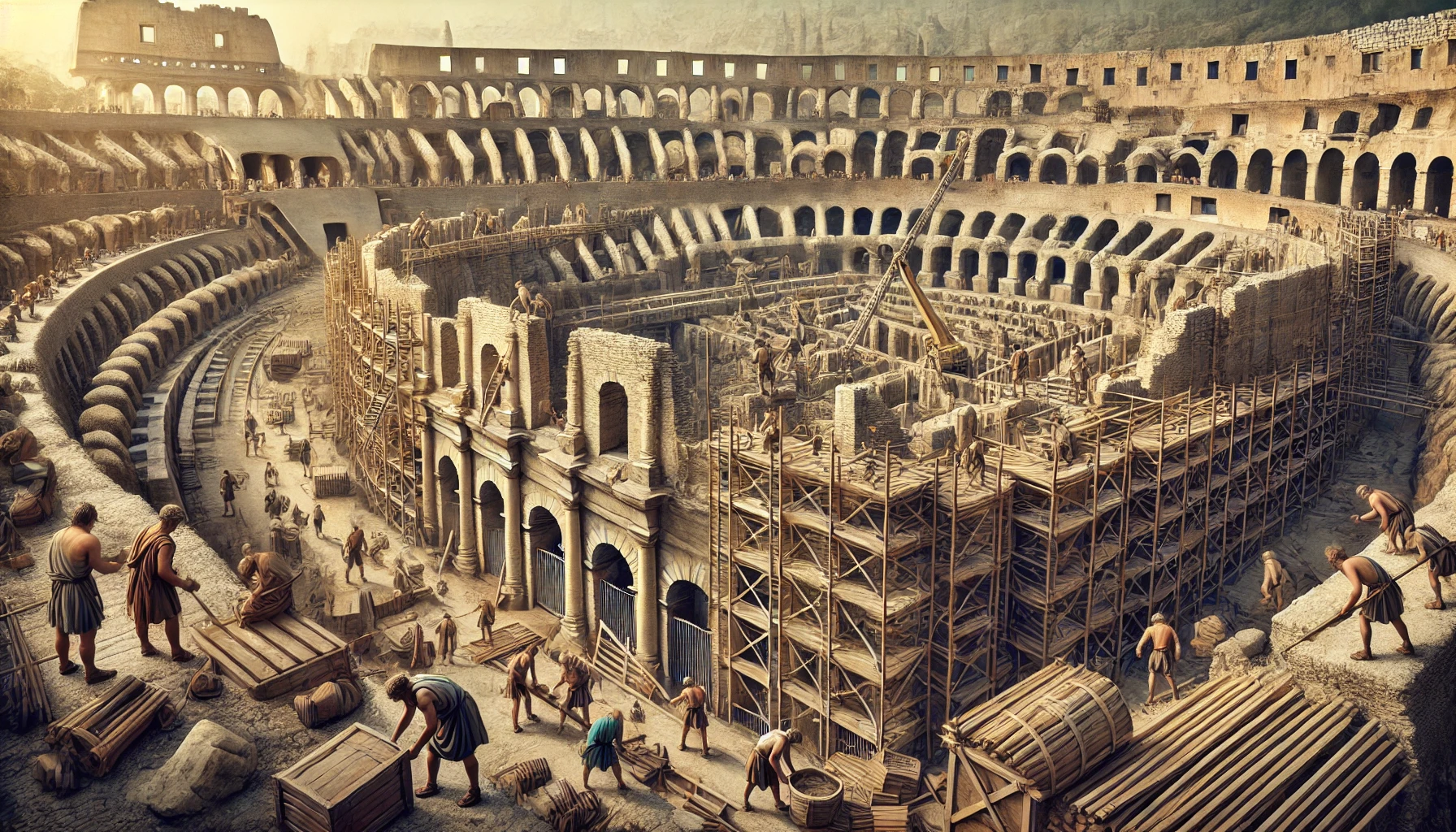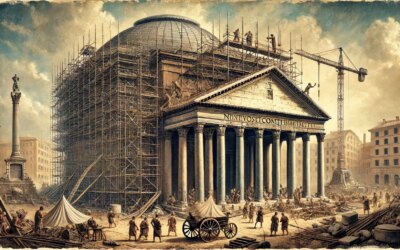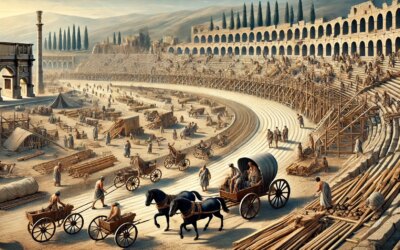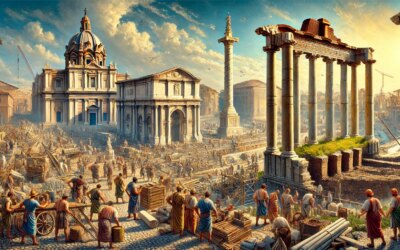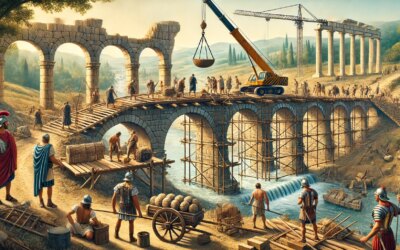Introduction
The Colosseum, one of the most recognizable landmarks of ancient Rome, stands as a testament to the engineering brilliance and grandeur of the Roman Empire. Commissioned by Emperor Vespasian in 70 CE and completed under his son Titus in 80 CE, this massive amphitheater was designed to host gladiatorial contests, animal hunts, and public spectacles. But how was such a colossal structure built, and what made it stand the test of time?
The Vision Behind the Colosseum
After the fall of Emperor Nero, the Flavian dynasty sought to restore Rome’s reputation through grand public projects. Vespasian, eager to distance himself from Nero’s extravagance, decided to build an enormous amphitheater for the people on the site of Nero’s private palace. This decision was symbolic—returning land that had been used for imperial luxury to the public.
Construction Techniques and Materials
The Colosseum’s construction was an engineering feat. Roman builders used concrete, travertine limestone, tuff (a type of volcanic rock), and brick-faced concrete to create a structure that could accommodate over 50,000 spectators. The outer walls featured a complex system of arches, reducing weight while maintaining strength.
The project required vast amounts of labor, with thousands of slaves and skilled artisans working under Roman architects. Scaffolding and cranes, powered by human and animal labor, were used to lift massive stone blocks into place. Advanced drainage systems ensured that the arena could be quickly flooded or drained for naval battle reenactments.
The Colosseum’s Layout and Design
The Colosseum was designed for efficiency. Its oval shape ensured maximum visibility for spectators, while its multiple entrances allowed for quick crowd movement. The underground hypogeum, a network of tunnels and chambers beneath the arena, housed gladiators, animals, and stage machinery, making performances more dramatic.
The Role of the Colosseum in Roman Society
Beyond entertainment, the Colosseum served a political purpose. Emperors used the games to gain public favor, offering free admission and food to citizens. Gladiator fights, wild animal hunts, and mock naval battles reinforced Rome’s military culture and spectacle-driven society.
The Decline and Endurance of the Colosseum
Despite suffering damage from earthquakes and looting over the centuries, the Colosseum remains a symbol of Rome’s enduring legacy. Today, it stands as both a historical monument and a reminder of the complexities of Roman entertainment and architecture.
Conclusion
The construction of the Colosseum was an ambitious project that showcased Rome’s mastery of engineering and its deep connection to public spectacle. More than just an arena, it was a statement of power, a center of entertainment, and a lasting marvel of ancient construction.

